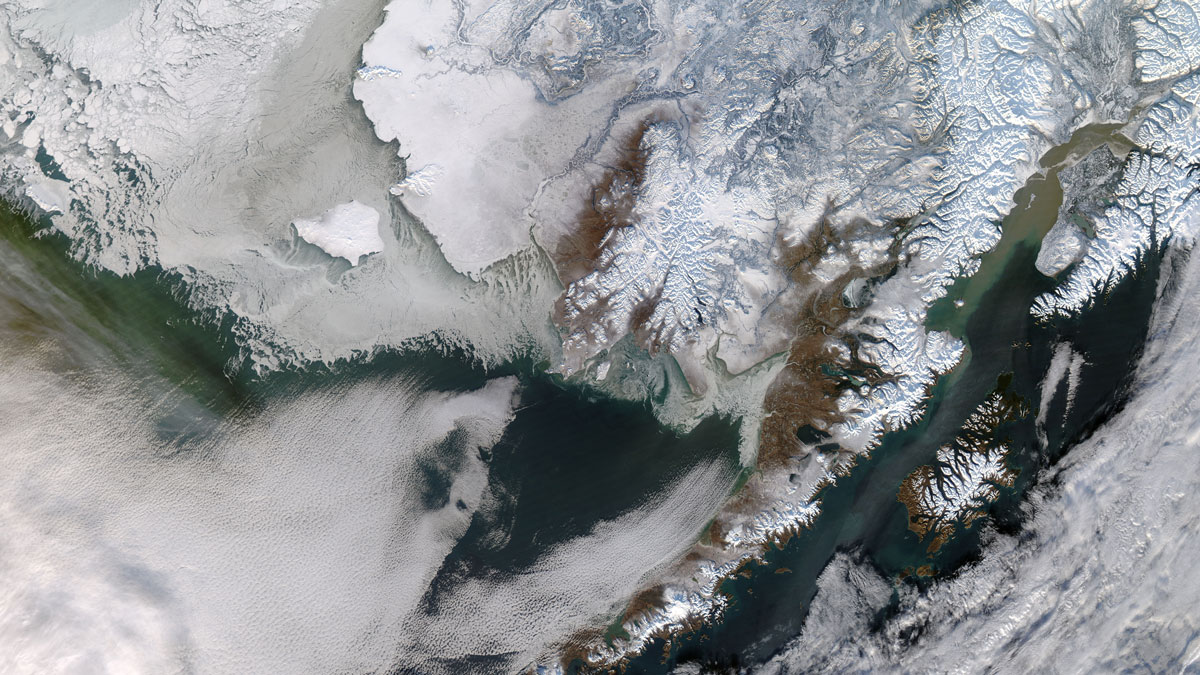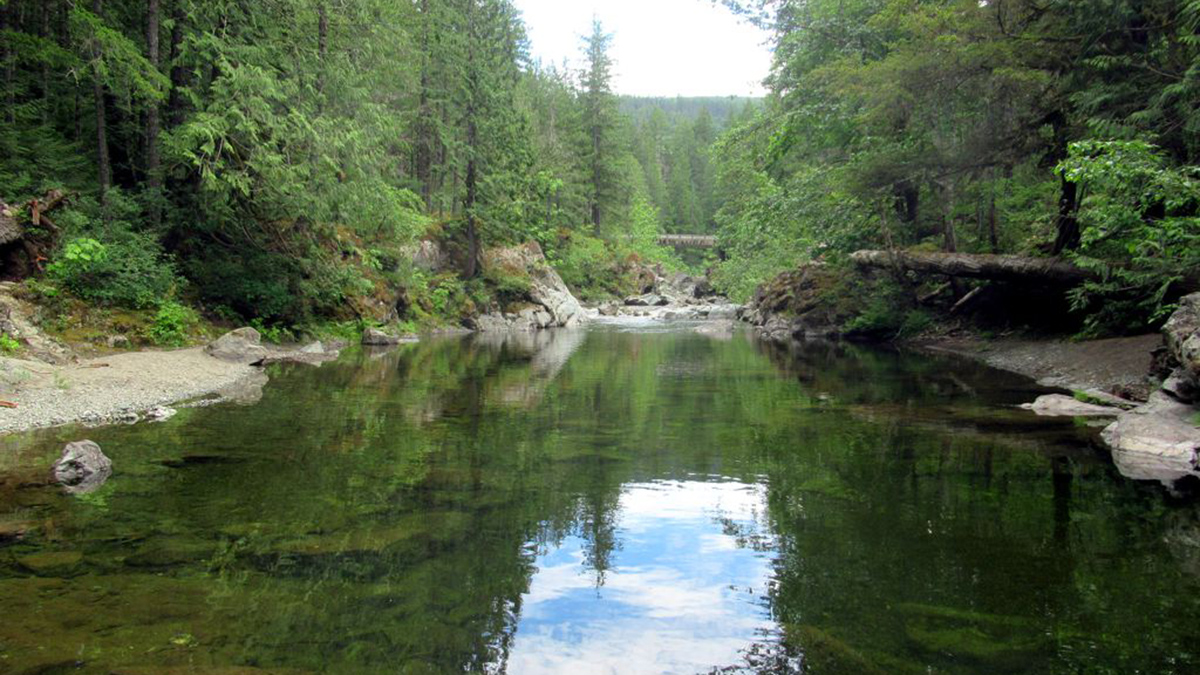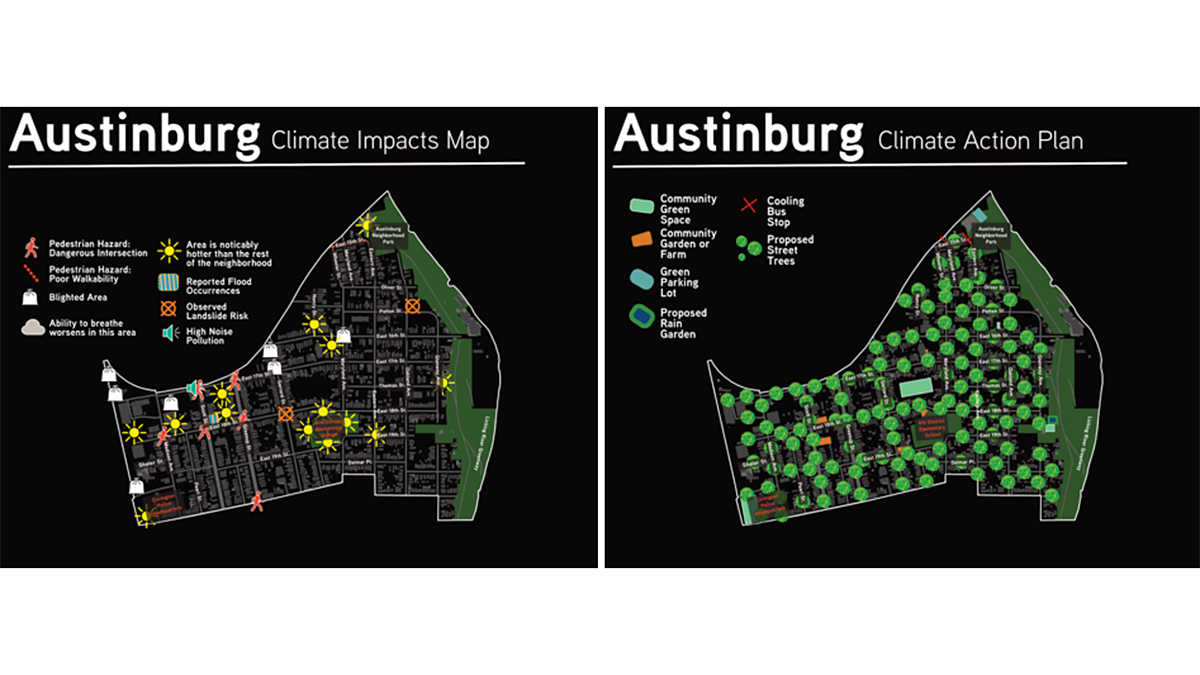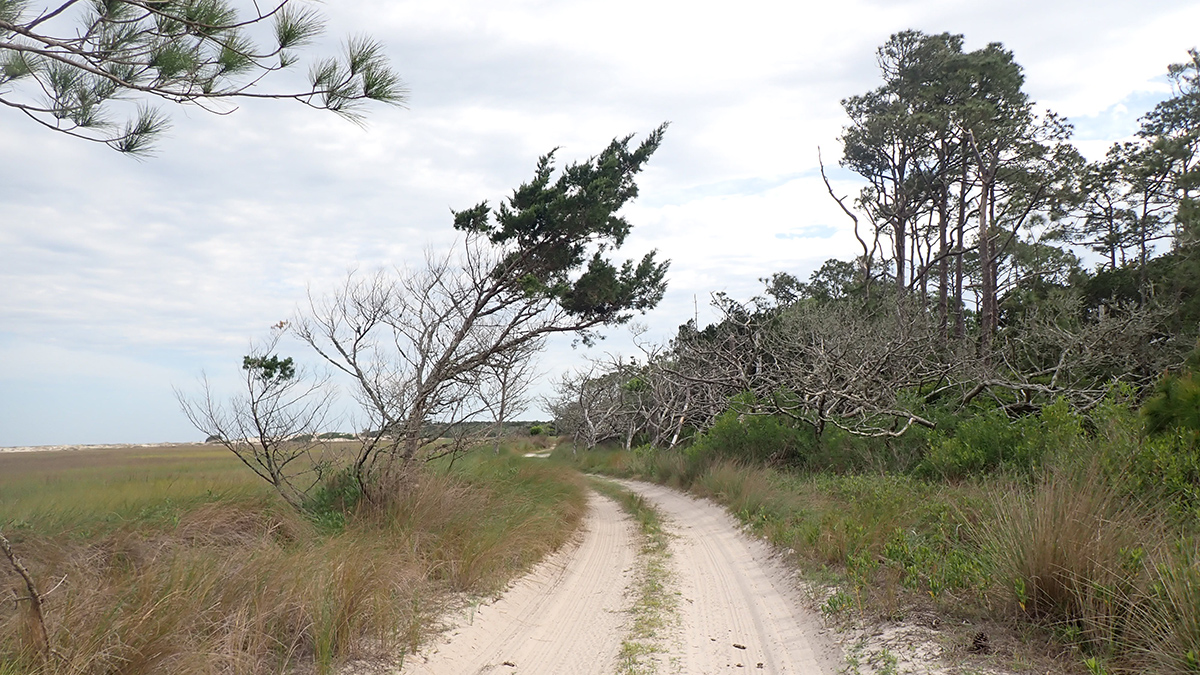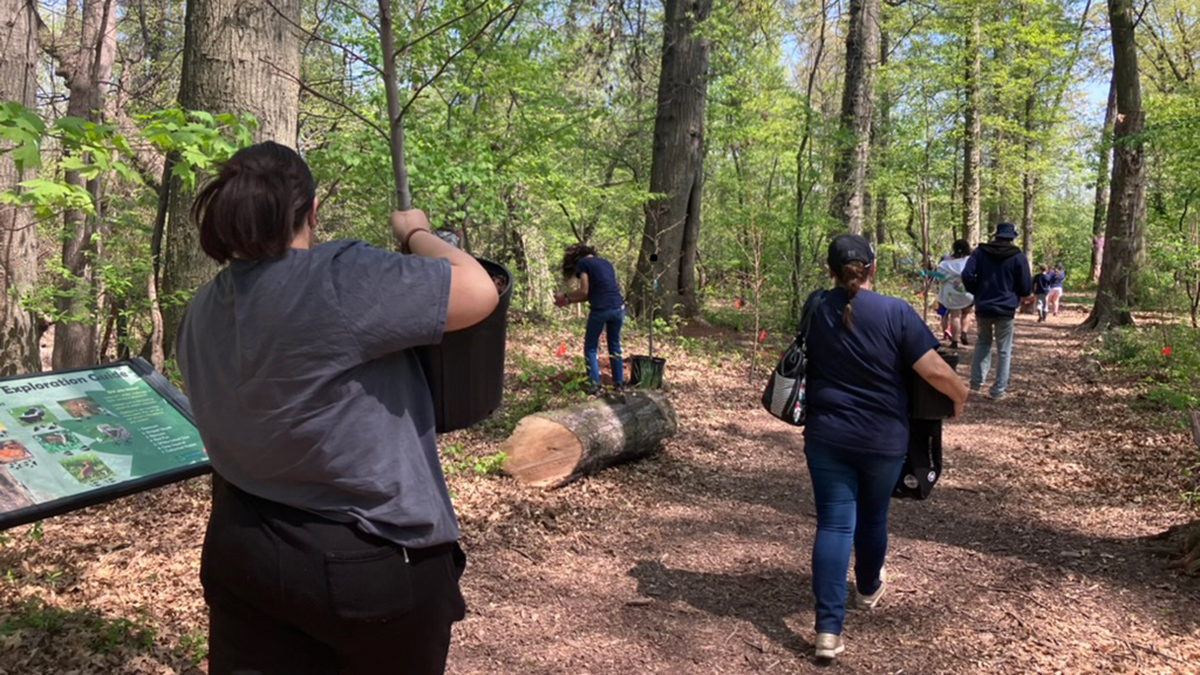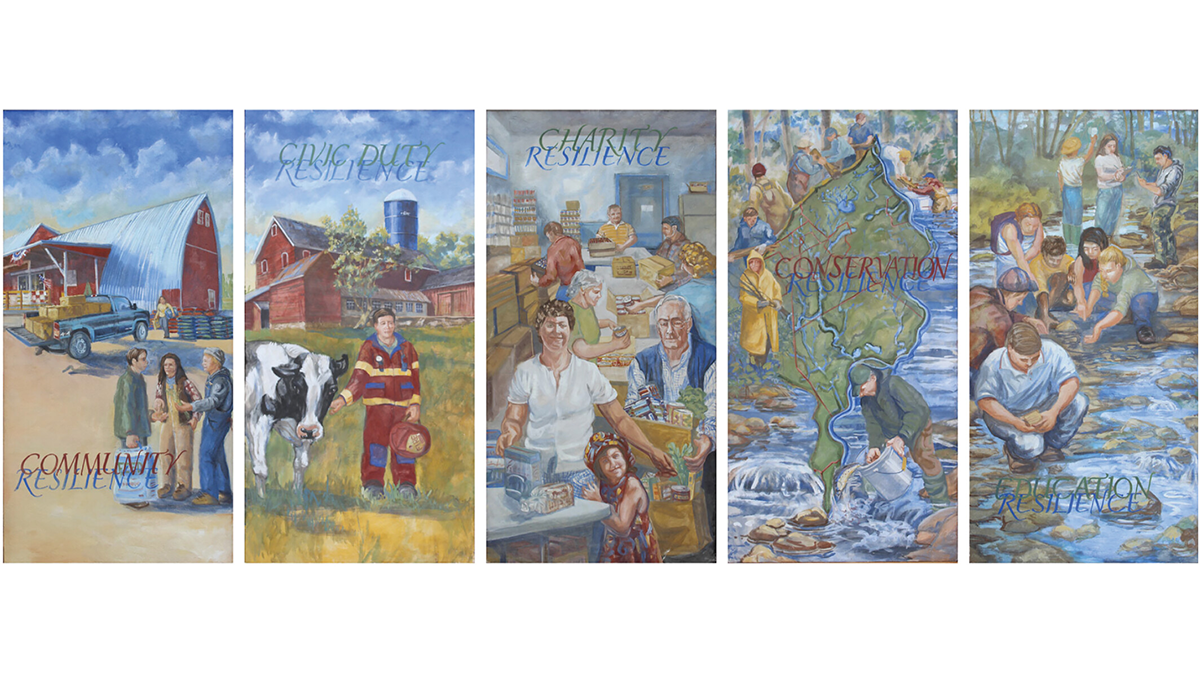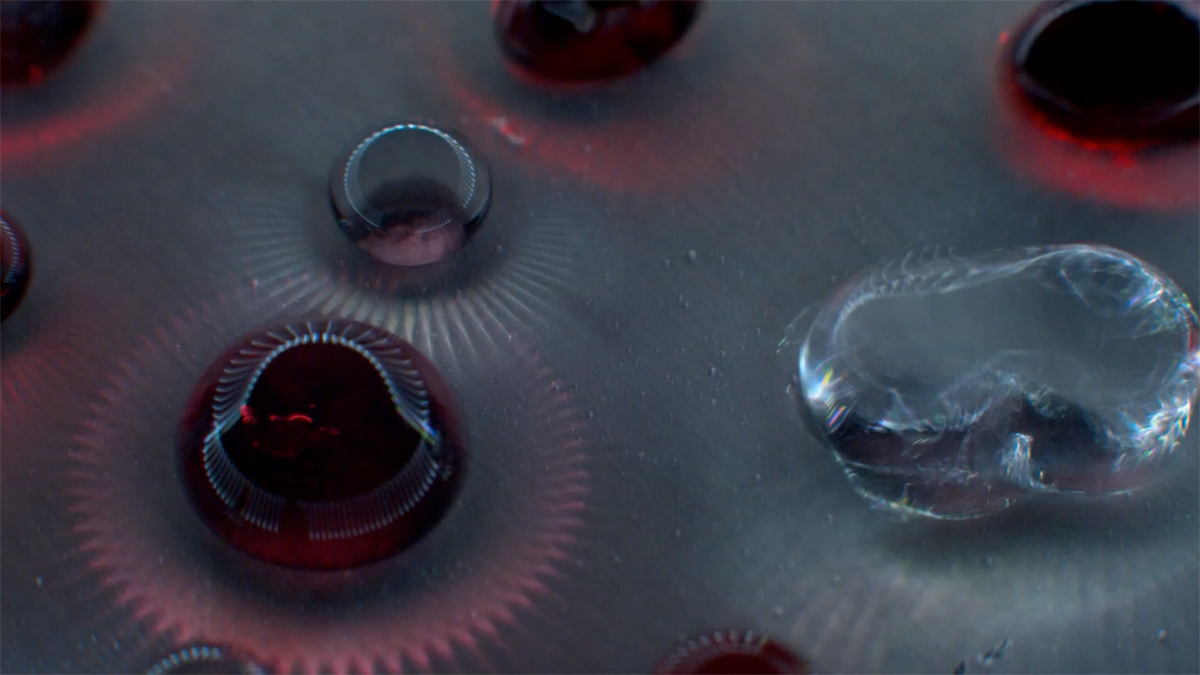Researchers are blending Indigenous Knowledges with climate models to describe shifts in snow and ice.
community science projects
Watershed Sustainability Project Centers Place-Based Research
A community science project supports an innovative watershed management plan.
Resilient Solutions Involve Input and Data from the Community
Data dashboards assist in understanding a community’s vulnerability to climate impacts, but input from the communities themselves helps identify and support actionable solutions.
Flood Prediction Could Boost Road Resilience off Georgia’s Coast
Researchers and community members worked together to develop recommendations for how Little Cumberland Island can mitigate flooding hazards.
Universities and Nonprofits Build Community Climate Resilience
A 2022 grant cycle funded partnerships between nonprofit organizations and researchers to mitigate climate hazards in underserved communities. A new study looks at lessons learned from the ventures.
The Moana Project Braids Tradition and Science for a More Sustainable Ocean
Scientists and Māori communities in Aotearoa New Zealand are gathering knowledge on marine conditions and ecosystems to protect livelihoods and help ensure a sustainable future for the blue economy.
Integrating Science, Art, and Engagement to Strengthen Communities
The CREATE Resilience project is demonstrating how to engage communities to address natural risks by linking art and science.
Manila Confronts Its Plastic Problem
The Philippine capital is the latest city to address rampant plastic pollution through a community-guided protocol.
Grâce à la science communautaire, un réseau sismologique en Haïti
De petits sismomètres peu coûteux peuvent communiquer des données de haute qualité et en temps réel. Pendant le tremblement de terre d’août 2021, ils ont été mis à l’épreuve.
Why—and How to—Engage Artists in Science
Breaking down the artificial barriers between science and art can lead to collaborations, broaden the understanding of problems facing communities, and grow engagement to explore solutions.

